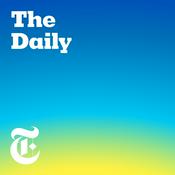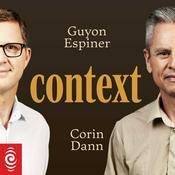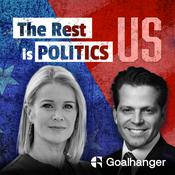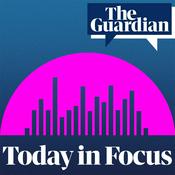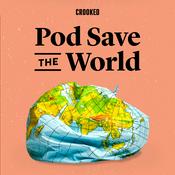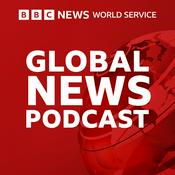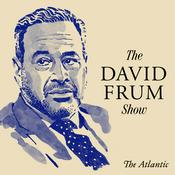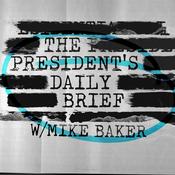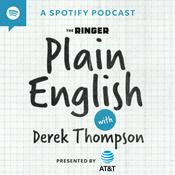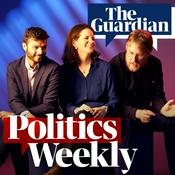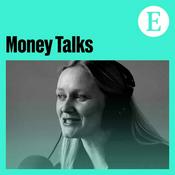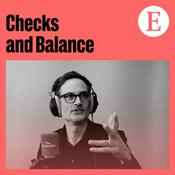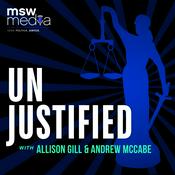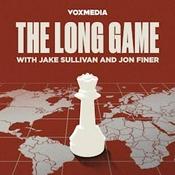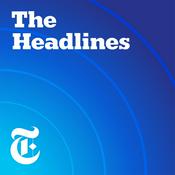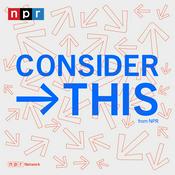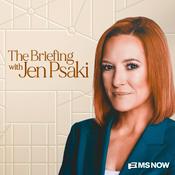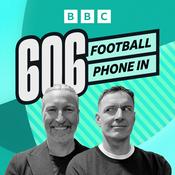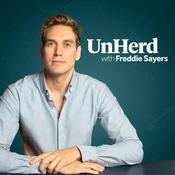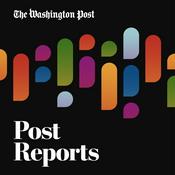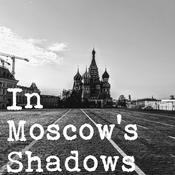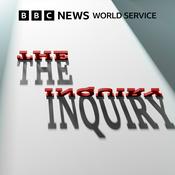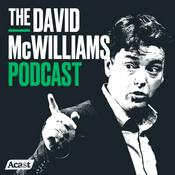853 episodes
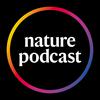
Science in 2026: what to expect this year
01/1/2026 | 11 mins.
In this episode, reporter Miryam Naddaf joins us to talk about the big science events to look out for in 2026. We’ll hear about: small-scale AI models that could outcompete Large Language Models in reasoning, clinical trials of gene editing to treat rare human disorders, a sample collection mission from Phobos, and how changes to US policy by the Trump team are expected to impact science.Subscribe to Nature Briefing, an unmissable daily round-up of science news, opinion and analysis free in your inbox every weekday. Hosted on Acast. See acast.com/privacy for more information.

Audio long read: Will blockbuster obesity drugs revolutionize addiction treatment?
29/12/2025 | 17 mins.
Anecdotal stories suggesting that weight-loss drugs can help people shake long-standing addictions have been spreading fast in the past few years, through online forums, weight-loss clinics and news headlines. And now, clinical data are starting to back them up.Over a dozen randomized clinical studies testing whether GLP-1 drugs like Ozempic can suppress addiction are now under way, and neuroscientists are working out how these weight-loss drugs act on brain regions that control craving, reward and motivation.Scientists warn that the research is still in its early stages, but some researchers and physicians are excited, as no truly new class of addiction medicine has won approval from regulators in decades.This is an audio version of our Feature: Will blockbuster obesity drugs revolutionize addiction treatment? Hosted on Acast. See acast.com/privacy for more information.

The Nature Podcast highlights of 2025
24/12/2025 | 40 mins.
00:40 What a trove of potato genomes reveals about the humble spudResearchers have created a ‘pangenome’ containing the genomes of multiple potato types, something they believe can help make it easier to breed and sequence new varieties. The potato’s complicated genetics has made it difficult to sequence the plant’s genome, but improvements in technology have allowed the team to combine sequences, allowing them to look for subtle differences in between varieties.Nature Podcast: 16 April 2025Research Article: Sun et al.10:28 Hundreds of physicists on a remote island: we visit the ultimate quantum partyAccording to legend, physicist Werner Heisenberg formulated the mathematics behind quantum mechanics in 1925 while on a restorative trip to the remote North Sea island of Heligoland.To celebrate the centenary of this event, several hundred researchers have descended on the island to take part in a conference on all things quantum physics. Nature reporter Lizzie Gibney was also in attendance, and joined us to give an inside track on the meeting.Nature Podcast: 13 June 202519:54 Research HighlightsA minuscule robot that can manipulate liquid droplets, and the discovery of ancient puppets on the remains of a large pyramid offers a glimpse into rituals in Mesoamerica.Research Highlight: This tiny robot moves mini-droplets with easeResearch Highlight: Ancient puppets that smile or scowl hint at shared rituals23:03 These malaria drugs treat the mosquitoes — not the peopleResearchers have developed two compounds that can kill malaria-causing parasites within mosquitoes, an approach they hope could help reduce transmission of the disease. The team showed that these compounds can be embedded into the plastics used to make bed nets, providing an alternative to insecticide-based malaria-control measures, which are losing efficacy in the face of increased resistance.Nature Podcast: 21 May 2025Research article: Probst et al.33:49 Briefing ChatThe first skeletal evidence that Roman gladiators fought lions.BBC News: Bites on gladiator bones prove combat with lionSubscribe to Nature Briefing, an unmissable daily round-up of science news, opinion and analysis free in your inbox every weekday. Hosted on Acast. See acast.com/privacy for more information.

Nature's News & Views roundup of 2025
19/12/2025 | 20 mins.
Nature: Asteroids, antibiotics and ants: a year of remarkable scienceIn this episode:1:58 Evidence of ancient brine on an asteroidSamples taken from the asteroid Bennu by NASA's OSIRIS-REx spacecraft suggest the parent body it originated from is likely to have contained salty, subsurface water. This finding provides insights into the chemistry of the early Solar System, and suggests that brines might have been an important place where pre-biotic molecules were formed.News & Views: Asteroid Bennu contains salts from ancient brineNature Podcast: Asteroid Bennu contains building blocks of life08:01 How gene expression doesn't always reflect a cell's functionCells are often grouped into categories according to the RNA molecules they produce. However a study of zebrafish (Danio rerio) brains revealed that cells can be functionally diverse even if they appear molecularly similar. This finding adds more nuance to how a cell's ‘type’ is ultimately defined.News & Views: Does a cell’s gene expression always reflect its function?12:01 The disproportionate mortality risks of extreme rainfallAn assessment of death rates in India’s coastal megacity of Mumbai revealed that the impact of extreme rainfall events will be highest for women, young children and residents of informal settlements. This situation is likely to become more pronounced as a result of climate change.News & Views: Extreme rainfall poses the biggest risk to Mumbai’s most vulnerable people14:46 An AI-designed underwater glueInspired by animals like barnacles and aided by machine learning, researchers have developed a super-sticky compound that works as an underwater adhesive. To demonstrate its properties, researchers applied it to a rubber duck, which stuck firmly to a rock on a beach despite being battered by the sea.News & Views: AI learns from nature to design super-adhesive gels that work underwaterNature Podcast: Underwater glue shows its sticking power in rubber duck test Hosted on Acast. See acast.com/privacy for more information.

The Nature Podcast festive spectacular 2025
17/12/2025 | 42 mins.
00:46 The gifts that sparked a love of scienceNature put a call out for readers to tell us about memorable presents that first got them interested in science, or mementos of their life in research. These include telescopes, yeast-themed wedding rings, and... cows’ eyes.Nature: The gift that shaped my career in science08:12 “I am the Very Model of a Miniature Tyrannosaur”In the first of our annual festive songs celebrating the science of the past year, we tell the story of a diminutive dinosaur that turned out to be its own species.Nature Podcast: Meet the ‘Wee-rex’. Tiny tyrannosaur is its own speciesNature Video: Hotly debated dinosaur is not a tiny T. rex after all11:43 A very scientific quizAn all-star cast competes for the glory or being the winner of the Nature Podcast’s 2025 festive quiz.Nature: Meet the ‘Wee-rex’. Tiny tyrannosaur is its own speciesNature: This company claimed to ‘de-extinct’ dire wolves. Then the fighting startedNature Podcast: 3D-printed fake wasps help explain bad animal mimicryNature Video: ‘Aqua tweezers’ manipulate particles with water wavesNature Podcast: Sapphire anvils squeeze metals atomically-thinNature Video: Vesuvius volcano turned this brain to glassNature Podcast: Ancient viral DNA helps human embryos developNature Video: Magnetic fibres give this robot a soft gripNature: These contact lenses give people infrared vision — even with their eyes shutNature Video: Is this really the world's largest mirror? Researchers put it to the testNature Podcast: World’s tiniest pacemaker could revolutionize heart surgeryNature Podcast: Earth’s deepest ecosystem discovered six miles below the seaNature Podcast: Nature goes inside the world’s largest ‘mosquito factory’ — here’s the buzzNature Podcast: Apocalypse then: how cataclysms shaped human societiesNature Podcast: Honey, I ate the kids: how hunger and hormones make mice aggressive25:21 “Hard the Hydrogel is Stuck”Our second festive song is an ode to a rubber duck that was stuck to a rock, thanks to a newly designed, super-adhesive hydrogel.Nature Podcast: Underwater glue shows its sticking power in rubber duck testNature Video: Why did researchers stick a duck to a rock? To show off their super glue28:42 Nature’s 10Each year, Nature’s 10 highlights some of the people who have helped shape science over the past 12 months. We hear about a few of the people who made the 2025 list, including: a civil servant who stood up for evidence-based public-health policy; the science sleuth who revealed a retraction crisis at Indian universities; and the baby whose life was saved by the first personalized CRISPR therapy.Nature: Nature’s 10Subscribe to Nature Briefing, an unmissable daily round-up of science news, opinion and analysis free in your inbox every weekday. Hosted on Acast. See acast.com/privacy for more information.
More News podcasts
Trending News podcasts
About Nature Podcast
Listen to Nature Podcast, RNZ News and many other podcasts from around the world with the radio.net app

Get the free radio.net app
- Stations and podcasts to bookmark
- Stream via Wi-Fi or Bluetooth
- Supports Carplay & Android Auto
- Many other app features
Get the free radio.net app
- Stations and podcasts to bookmark
- Stream via Wi-Fi or Bluetooth
- Supports Carplay & Android Auto
- Many other app features
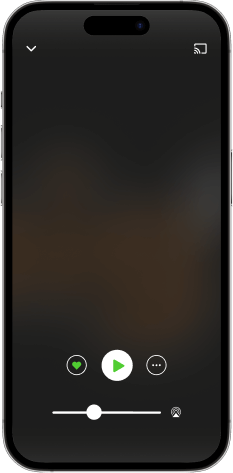

Nature Podcast
download the app,
start listening.


